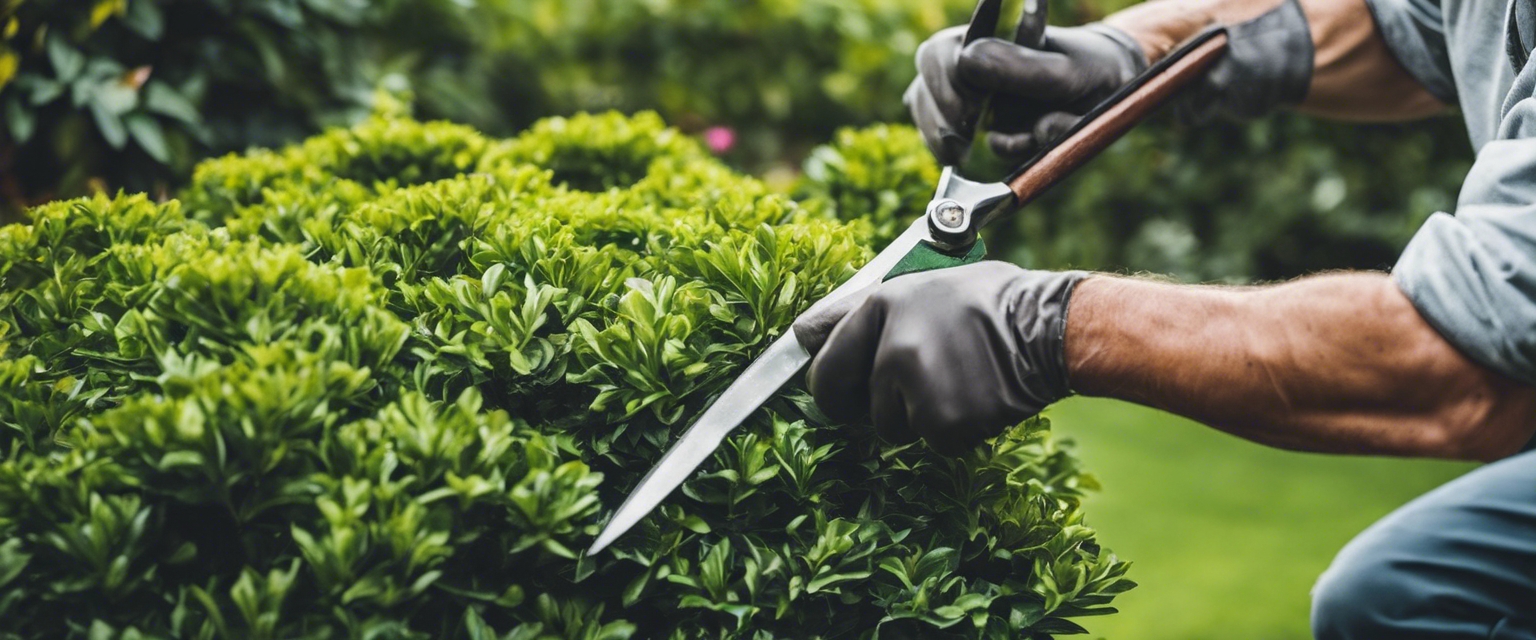5 essential tips for sustainable tree care
Sustainable tree care is an essential practice for maintaining the health and longevity of trees in any landscape. It involves a holistic approach that not only focuses on the trees themselves but also considers the entire ecosystem in which they live. By adopting sustainable tree care practices, residential homeowners, commercial property managers, and municipal organizations can ensure that their green spaces remain vibrant and beneficial for years to come.
Understanding the Importance of Tree Health
Healthy trees are the backbone of any thriving ecosystem. They provide oxygen, improve air quality, conserve water, preserve soil, and support wildlife. Trees also play a critical role in mitigating climate change by absorbing carbon dioxide from the atmosphere.
Trees contribute to our environment by providing shade, reducing noise pollution, and enhancing the aesthetic appeal of our neighborhoods. They have also been shown to improve mental health and social cohesion in communities.
Tip 1: Proper Selection and Planting
Selecting the right tree species that is suited to the local climate, soil conditions, and available space is crucial for its long-term survival and reduced maintenance. Consider native species that are more likely to thrive and require less intervention.
Planting a tree correctly is just as important as selecting the right one. Ensure that the planting hole is the correct size and that the tree is planted at the proper depth. Good planting practices help establish a strong root system, which is vital for the tree's growth and resilience.
Tip 2: Mulching and Soil Management
Mulching provides numerous benefits such as conserving soil moisture, regulating soil temperature, and suppressing weed growth. Organic mulches also improve soil fertility as they decompose.
Healthy soil is the foundation of healthy tree growth. Regular soil testing can provide valuable information about nutrient levels and pH balance, allowing for appropriate soil amendments to be made.
Tip 3: Pruning and Maintenance
Pruning is essential for the health and structure of trees. It should be done with a clear understanding of tree biology and proper techniques to avoid unnecessary damage. Pruning during the dormant season is often best to minimize stress on the tree.
Regular inspections can identify potential issues early on, such as structural weaknesses or signs of disease. Early detection and treatment can prevent more serious problems and help maintain tree health.
Tip 4: Watering and Drought Management
Proper watering is critical, especially for young trees. Deep, infrequent watering encourages deep root growth, which helps trees withstand drought conditions. Utilizing drip irrigation or soaker hoses can provide efficient and targeted watering.
Building resilience against drought begins with proper tree care practices such as mulching and selecting drought-tolerant species. During prolonged dry periods, prioritizing watering for vulnerable trees is essential.
Tip 5: Pest and Disease Management
Being able to recognize the signs of pests and diseases is the first step in managing them. Regular monitoring and working with a tree care professional can help keep these threats at bay.
Integrated Pest Management (IPM) is a sustainable approach to managing pests that combines biological, cultural, physical, and chemical tools in a way that minimizes economic, health, and environmental risks. Implementing IPM can help maintain tree health and prevent the overuse of pesticides.






Comments (0)